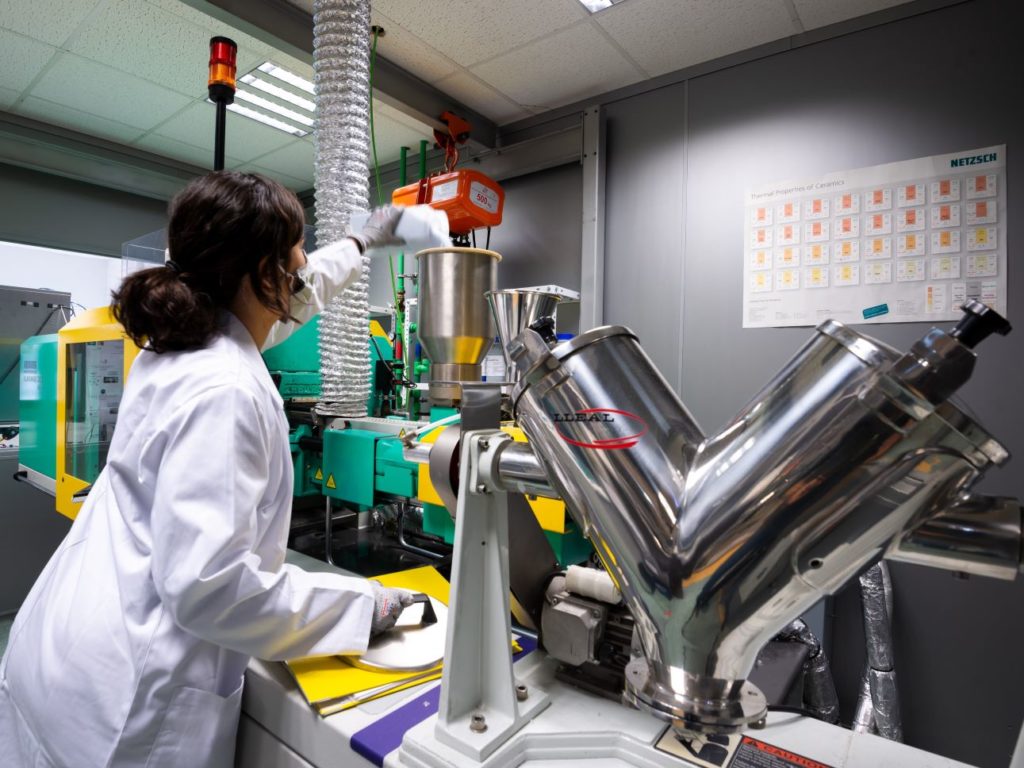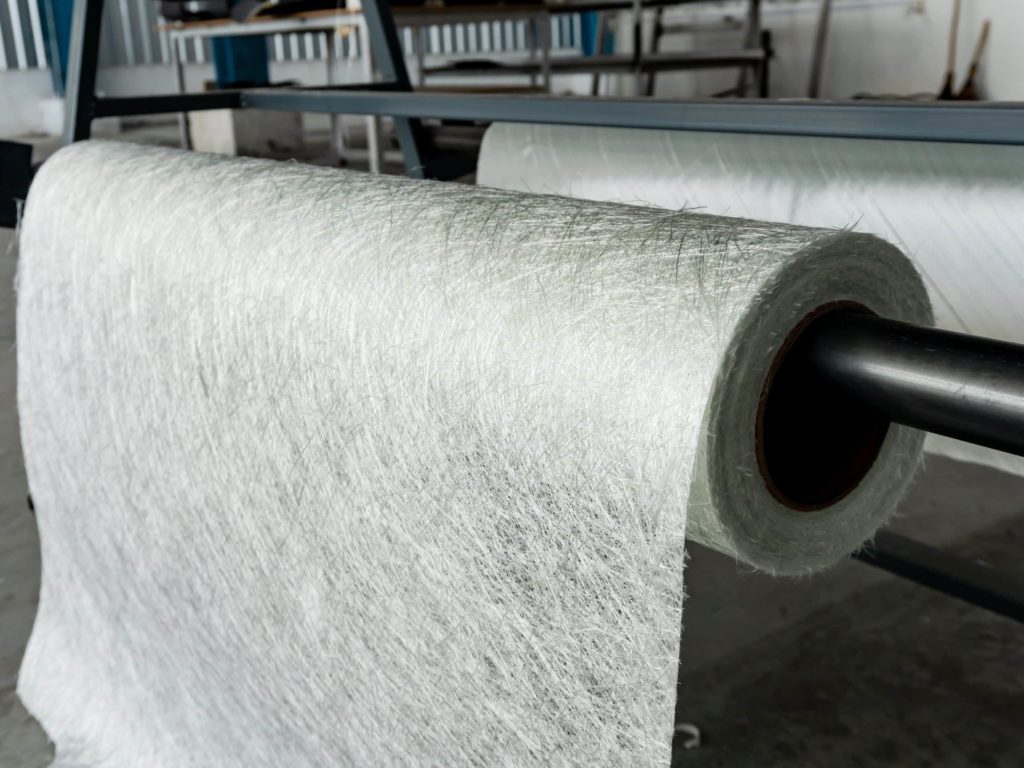Characterization of additives and fillers
The characterization of additives and fillers comprises the techniques applied for the identification of these types of compounds in a given material, especially in plastics.
This practice is essential, for example, to verify that the manufacturing process is getting the right results or to detect possible variations in the composition that, in turn, can cause failures.
If you need to perform an analysis to your products, in Infinita Industrial Consulting we offer you the complete laboratory equipment we have to obtain the most accurate results.
What are additives and fillers?
Additives and fillers are additives that are added to polymers for a specific purpose, such as improving their properties, changing their color or even reducing their manufacturing cost. These materials can be in solid, liquid or gaseous form and, in order for them to form part of the final product, various techniques adapted to each case will be applied.


Loads and reinforcements
There are many types of loads, which also respond to different classifications. Among them, some stand out, such as extensible fillers, whose purpose is to occupy space in order to reduce costs.
Functional fillers, on the other hand, also allow the incorporation of new properties that respond to a specific function, thus improving the final result. Within this classification we can find compounds that are very common in the industry, such as fiberglass.
Additives
Additives added to plastics are usually organic molecules incorporated during manufacturing or other processes in small quantities, usually in the range of 0.05 to 5% by weight. The purpose of applying additives is to improve the properties of the polymer.
Within this field, three types of additives can be distinguished: performance enhancers, polymer modifiers and additives that serve as process aids. In the case of enhancers, their purpose is to provide the polymer with a property that it lacks, and among them we can find flame retardants, antioxidants or biocides, among others.
Modifiers, which generally seek to change the mechanical or physical properties of the original material, include additives such as foaming agents, impact modifiers or clarifiers.
Finally, process aids generally include surfactants to optimize polymer performance. These may include release agents or lubricants.

Additive and filler characterization techniques
There are several techniques applied to identify the additives and fillers found in a given material. These are some of the most common ones:
Percentage of fiberglass
The calculation of the percentage of glass fiber is one of the most common procedures in the characterization of additives and fillers due to the popularity of this versatile material.
FTIR spectroscopy
FTIR spectroscopy uses the Fourier transform infrared spectrometer, a laboratory instrument that allows multiple functions, including the identification of compounds such as additives and fillers.
X-ray fluorescence
This spectroscopic technique uses the fluorescent emission of X-rays resulting from the excitation of the material with a radiation source. It is a procedure applicable to various materials, such as ceramics, glass or plastics, in order to characterize their components.
In this case, chromatography will be used to separate the components of a mixture, such as the result of incorporating additives into a polymer. In this way, it will make it possible to identify and characterize additives as fillers in a given material.
Dispersion and degree of particle agglomeration
In industries such as the paint industry, it is important to know the dispersion and degree of agglomeration of the particles that make up a material, since this will largely determine whether the final product has the right properties. Microscopic observation or other techniques such as laser diffraction will allow us to know this issue.


